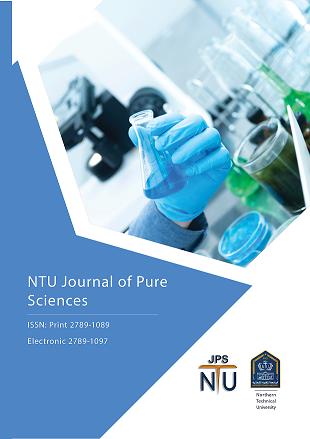Review of Classification Medical Images Using Ensemble Learning
DOI:
https://doi.org/10.56286/10q1f229Keywords:
Machine learning,, Deep learning, Ensemble learning,, ClassificationAbstract
Machine learning and deep learning play an important role today in the field of classification and prediction of diseases, particularly through computer-assisted medical imaging and modern devices, which aid in early disease detection, lowering the actual risk, and assisting doctors in making a final diagnosis decision. Disease classification using ensemble learning techniques was developed to overcome the classification problem using a convolutional neural network (CNN). Although CNN produces good results, it requires a large dataset, limiting its use in classifying medical images due to its limited data availability and privacy. The research and literature have revealed that traditional machine learning algorithms perform poorly when trained using unbalanced datasets. This research aims to shed light on the use of ensemble learning in medical diagnosis, presents ensemble learning techniques used in classification, reviews previous research and work in which ensemble techniques were used, and proposes ensemble learning as a way to increase the accuracy and efficiency of classification systems by collecting the results of multiple classifiers and outputting the most voted results. These techniques improve the performance of a single model by using multiple models and combining their predictions.
Downloads
Downloads
Published
Issue
Section
License
Copyright (c) 2024 NTU Journal of Pure Sciences

This work is licensed under a Creative Commons Attribution 4.0 International License.
The journal applies the license of CC BY (a Creative Commons Attribution 4.0 International license). This license allows authors to keep ownership of the copyright of their papers. But this license permits any user to download, print out, extract, reuse, archive, and distribute the article, so long as appropriate credit is given to the authors and the source of the work. The license ensures that the article will be available as widely as possible and that the article can be included in any scientific archive. Creative Commons License This work is licensed under a Creative Commons Attribution 4.0 International License.






